Back in 2017, I named Toyama Prefecture’s Saburomaru Distillery one of the distilleries to watch in 2018/2019. And watch it we have. Let’s take a look at some of the latest offerings from this Toyama-based Japanese whisky distillery to see where things might be headed in the future.
While we’ve covered the background of the Saburomaru Distillery a few times already, here’s a not-so-quick recap:
- A sake maker called Wakatsuru Shuzo, tracing its history back to 1862, started using the summer off-season to make whisky from 1952 due to post-war rice shortages.
- The “Sunshine Whisky” brand was introduced in 1953 and is still available today.
- Almost immediately after that release, around 2100 square meters of the distillery burned to the ground. With help from the local community, they were able to rebuild and even introduce an Arospass continuous still.
- Though Sunshine Whisky has been available in the ensuing decades, distillation at the distillery was suspended in the early naughts because of market downturn and the distillery falling into a state of disrepair.
- Current president Takahiro Inagaki launched a crowdfunding campaign in 2016 and raised 38 million yen–far over the 25 million yen target–to refurbish the distillery.
- Those refurbishments were completed in 2017, and in June 2019, the distillery began using the world’s first cast pot stills, dubbed “ZEMON.” Now patented, the stills are an alloy of ~90% copper and ~8% tin. Yup, bronze! Bronze has several advantages over traditional copper pot stills. Tin is the traditional metal for sake cups, and it’s said to make sake more mellow. Using bronze gives the still a rough surface, i.e. more surface area. In a pot still, that means more flavor. For example, furfural, which contributes to sweet caramel-like notes of your distillate, goes from 2.4ppm on a copper still to 19ppm on ZEMON…. a 791% increase. Because ZEMON is cast, it’s also modular — if you want a bigger pot still, you can add more height to the pot portion. The thicker walls and bronze also means ZEMON retains heat far better than thin copper alone. ZEMON can distill 188% more spirit with the same amount of energy a copper still requires.
- Another advantage is ZEMON can quickly be deployed at other distilleries: Gifu Prectures’s first whisky distillery, the Hida Takayama Distillery, has its “ZEMON II” stills on the stage of an old high school gymnasium.
- The Saburomaru Distillery focuses on crafting peated whisky, and they are experimenting with malting Toyama-grown barley as well.
That’s all to say the modern Saburomaru Distillery was born of post-war food shortages, fire, a downturn in the domestic whisky market, crowdfunding, and an entirely new breed of pot still.
So there’s plenty of innovation behind the ZEMON stills–the concept and execution went on to win several awards from both local and national governments, as well as “Casting of the Year” from the Japan Foundry Engineering Society.
Inagaki-san himself is heavily involved in the craft Japanese whisky scene. He co-founded T&T Toyama, Japanese whisky’s first independent bottler, and he regularly does consulting work to help other Japanese whisky distilleries get off the ground.
Saburomaru IV The Emperor Release Event
On to the whisky itself, “Saburomaru IV The Emperor” is the distillery’s latest release in their tarot series. Despite being called “IV,” it’s actually the fifth release in the series because the first release was called “Saburomaru 0 The Fool.” At an event in Tokyo a few months back, Inagaki-san took us through this new bottle.
Saburomaru IV highlights the scientific approach Saburomaru takes towards creating great whisky. That’s because, apart from the peating, it’s identical to Saburomaru III (“The Empress”). While III uses Islay peated malt–the first release from Saburomaru that did–IV uses Highland peated malt.
And that’s it! Otherwise, everything else is exactly the same! Same washbacks, same yeasts, same mash tuns, same pot stills, same casks, and same maturation duration. Inagaki-san says it’s the first time in the world a distillery has done a release like this.
I’m thankful he did, because it’s rare that we get the opportunity to hone in on such a minor, yet important, part of a whisky’s overall flavor profile. With the vast majority of releases, even from the same distillery, we’re essentially comparing apples to oranges. A single malt whisky is a blend of several single casks of malt whisky from the same distillery, but they aren’t necessarily using the same ratio of say Ex-Bourbon and Sherry for a 12-year age statement versus a 16-year age statement.
“The Emperor” was chosen due to its direct, more powerful in-land peat than “The Empress,” which presents a softer, more marine profile (Theodora may disagree with the naming here).
This slide from Inagaki-san’s seminar captures the evolution of the distillery. For malt, in 2020 they added Islay malt to go with the Highland peat they’ve been using since 2016 and earlier. In 2018 they replaced their mash tuns and began taking a 3rd squeeze of wort in 2023. The yeast arsenal has expanded to include pressed/fresh yeast, ales, and whisky yeasts. They added a single wooden mash tun in 2020, and added another in 2022. The stills, of course, switched to Zemon in 2019.
Neon Genesis Saburomagelion
The Saburomaru Distillery’s story was roughly followed for a 2023 anime flick called “Komada: A Whisky Family” by Toyama-based studio P.A. Works.
The plot goes as follows: Rui Komada is born into a family that runs the Komada Distillery in Nagano Prefecture. In May 2009, the distillery was forced to stop making whisky due to a downturn in the market. Fast-forward to present day, and Komada-san is keen to continue her family’s legacy and revive their “Koma” brand of Japanese single malt whisky. She turns to crowdfunding to refurbish the distillery, but not at all goes as planned. There’s even a fire! Along for the ride is a Tokyo-based reporter named Kotaro, who, despite being new to whisky, is tasked with covering the distillery’s comeback story.
Though P.A. Works took some liberties with the plot, they went to painstaking lengths to accurately recreate every inch of the Saburomaru Distillery’s stillhouse, warehouse, and other facilities as a setting for the anime. And P.A. Works didn’t stop at Saburomaru either: the storyline has Komada-san and Kotaro visit other Japanese whisky distilleries like (fictionalized versions of) Mars Shinshu, Yasato, Chichibu, and Nagahama. Along the way they even meet anime-ized versions of people like Chichibu’s Yoshikawa-san!
One plot point that hit close to home is when Kotaro writes an article about how some distilleries are using imported stock and selling it as Japanese whisky, shit hits the fan. It’s funny to me because I have done precisely the same thing on this site, and it really did involve some phone calls with a certain police department in Kyushu.
Anime fans might not find Komada: A Whisky Family especially engaging, but Japanese whisky fans probably will, especially if you’ve visited these distilleries in person. It’s available on Amazon Japan with no English subtitles, while Apple TV apparently offers the film with English and Chinese subtitles.
Saburomaru’s Single Casks
Back to real life. The Saburomaru Distillery doesn’t often release single cask bottlings. One such release, dubbed “Saburomaru Hand Filled 2017” and only available for sale at the distillery at the time, won Gold for the Rest of the World at WWA2022.
As far as I can tell, the other single cask releases have been either charity bottlings for earthquakes in Taiwan or the Noto Peninsula, tie-ins with Atlus’s Persona series of games, or Aloha Whisky.
For the public single cask releases… let’s say Saburomaru is pretty protective of them. The distillery’s membership club, named (very roughly translated) “Walk/Drink with Me” is essentially the only source for consumers.
To get those bottles, members are faced with challenging, technical quizzes for a chance at the rights to buy a bottle: a recent quiz, for example, asked what kind of wood they used for the wooden mash tun they introduced in 2020 (the correct answer was “Canadian Douglas fir”). While you don’t necessarily need to get every question right to enter the ballot, only 30% of respondents got all the questions right on that particular quiz.
Of course, that’s by design. Where most distilleries would use a simple lottery, it’s an innovative attempt at weeding out people who might simply be purchasing bottles to sell them on secondary: to get the distillery’s most sought-after bottles at primary prices, you’ll have to learn something about how whisky is made, the distillery, and the people behind it. In other words, you need to be dedicated.
That said, you probably see how this can be controversial. Introducing such hurdles also alienates casual whisky drinkers, and even some the distillery’s own fans–the Walk/Drink with Me members who can’t be bothered to do the research. In a whisky industry actively trying to attract new drinkers, and in a whisky industry where current drinkers are already inundated with choice, is this the right approach? Argue on about it all you want on social media, but given the very limited quantity of such bottles, Saburomaru Distillery gets to call the shots here.
That’s why I’m happy to be among the 100 people who joined the distillery’s cask owner program in 2018. No quiz was necessary. The program’s last run was in 2021.
The labels on these bottles is “Saburomaru II The High Priestess.” While also available as a standard release, these are, as mentioned above, single cask versions of Saburomaru II. It’s important that it’s Saburomaru II rather than Saburomaru 0 (“The Fool”) or Saburomaru I (“The Magician”), because Saburomaru II was the first of the tarot series to be distilled on the above-mentioned Zemon stills. And the High Priestess? I’m absolutely not up on my tarot, so I’ll just offer you what Wikipedia says.
The modern interpretation of the High Priestess represents the unknown, mystery, intuition, spiritual knowledge, and the subconscious mind. She is an esoteric figure, unlike The Hierophant. Reversed, the High Priestess can be interpreted as secrecy and disconnection from your intuition.
Outside of visiting a distillery and pulling samples yourself, putting two nearly identical single casks head-to-head is a rare opportunity. Let’s dig in.
Reviews: Saburomaru II The High Priestess For Cask Share Owners 2019, Cask #19097 BT Barrel & Cask #19080 WFR Barrel
It’s important that these two single cask bottlings were distilled in 2019 rather than 2018. 2019 is the year those ZEMON stills were brought online. If you have a Saburomaru Distillery bottle that was distilled in 2018, while probably good, it doesn’t quite capture the modern essence of the distillery.
Before we start. I’ve actually reviewed these two whiskies once before, back when they were 2-year matured newborns. While I must have knocked back the #19097 Buffalo Trace Barrel newborn at some point, I still have a bit of the #19080 Woodford Reserve Barrel. Being able to compare 2-year maturity and 5-year maturity of the same single cask isn’t something we get to do often, so needless to say, I’m excited.
#19080 WFR Barrel
On the nose, this one brings orange marmalade, a slightly oily grape, some nutbread, with a feint, almost dry smoke. The palate is when we get to a nice balance of thick malt, but it’s not as peaty as you might expect. The medium-ish finish ends with a dry sweetness of licorice.
#19097 BT Barrel
Much sweeter on the nose than the WFR Barrel, with a candy bag of chocolate, coconut, and a woody vanilla butter. The palate here is very similar to WFR in its maltiness, but adds a tint of red cherries that dials down the peat a bit. That peat certainly makes a comeback on the long finish though.
Overall, while vanishingly rare, these are two great bottles that give you a chance to put two extremely similar single casks head-to-head. Don’t pass up the opportunity if you get one.
Hi there! I created and run nomunication.jp. I’ve lived in Tokyo since 2008, and I am a certified Shochu Kikisake-shi/Shochu Sommelier (焼酎唎酒師), Cocktail Professor (カクテル検定1級), and I hold Whisky Kentei Levels 3 and JW (ウイスキー検定3級・JW級). I also sit on the Executive Committees for the Tokyo Whisky & Spirits Competition and Japanese Whisky Day. Click here for more details about me and this site. Kampai!

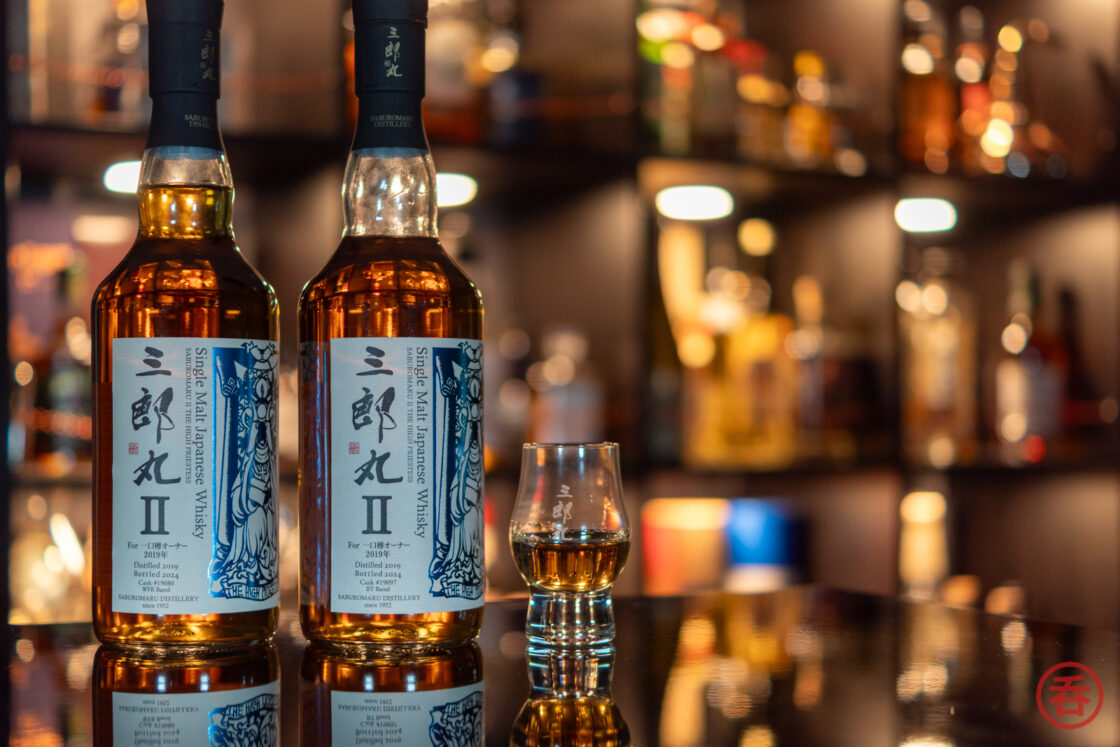
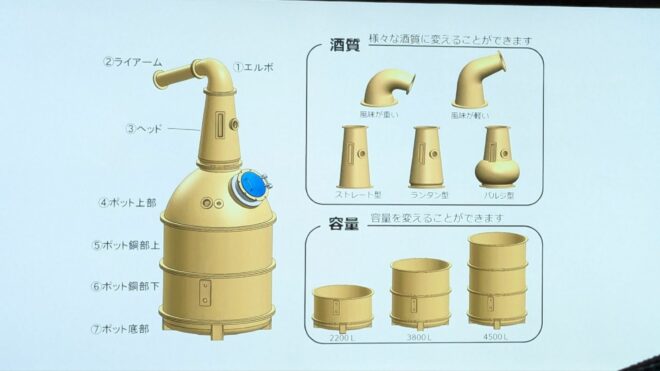
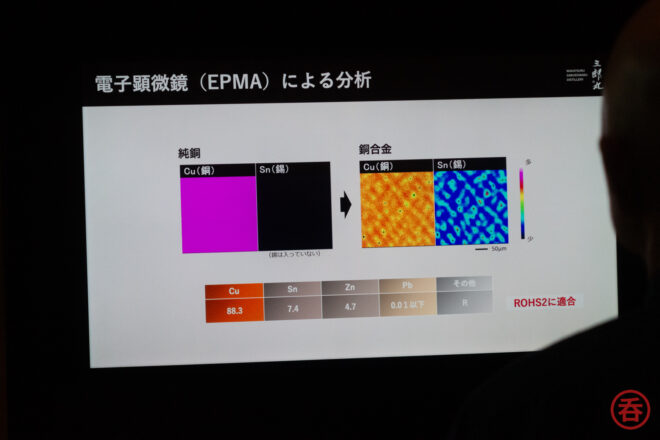
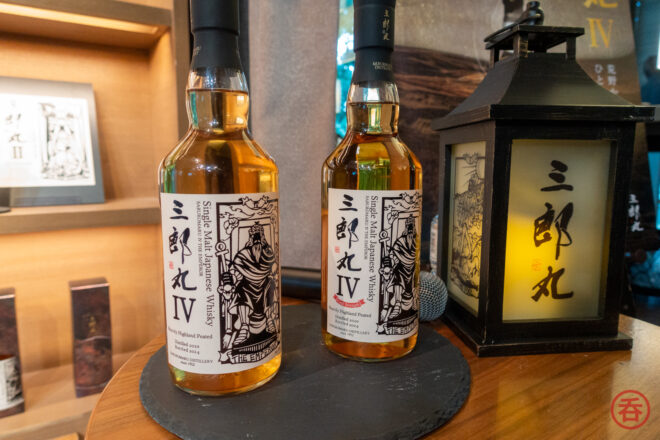



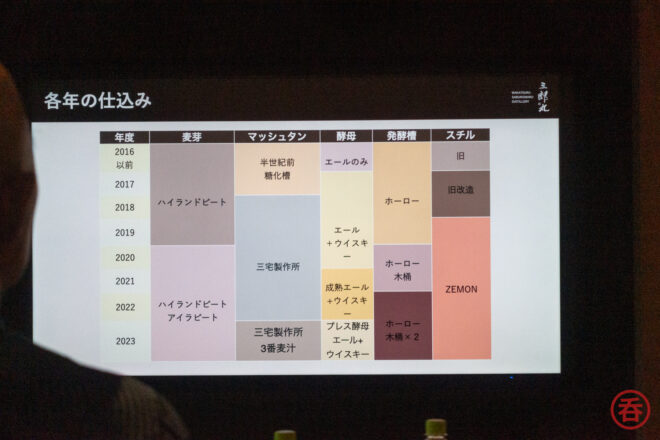
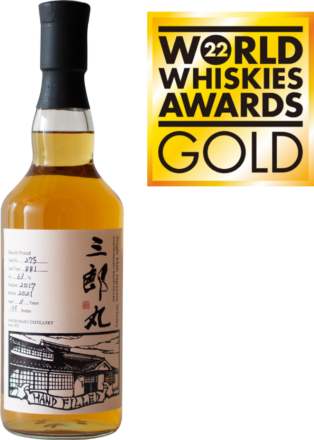


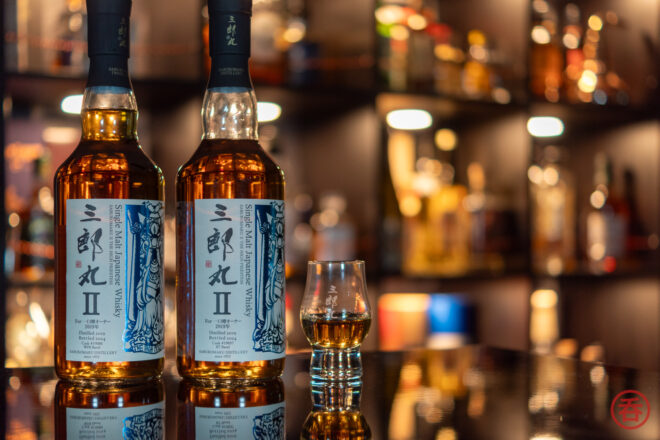









I visited them last summer and did my own hand filled of the Empress as a 4yo.
Loved the visit and am over the moon with regards to the on site restaurant.
Absolutely! Great place and the restaurant was stellar.